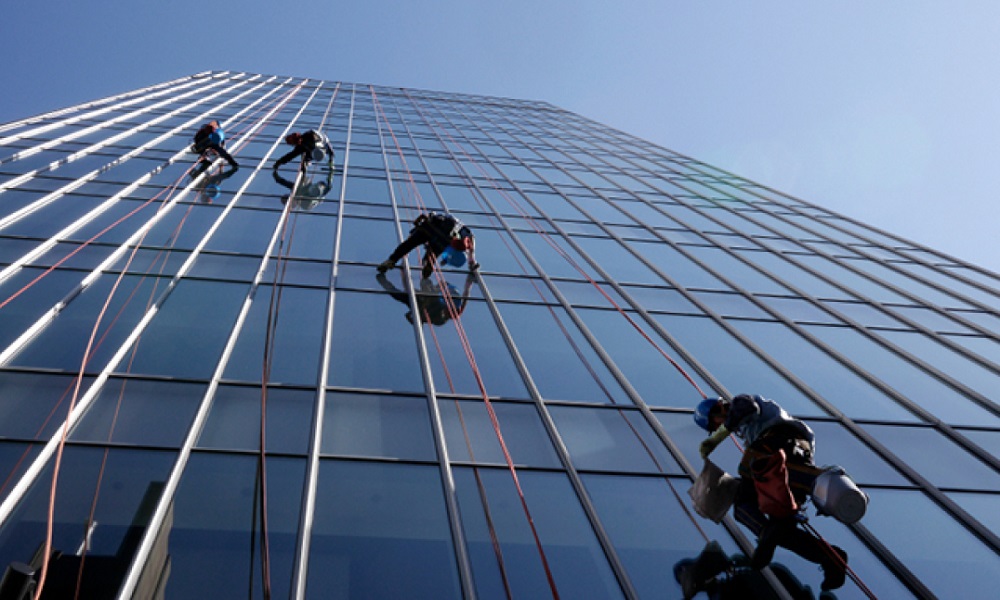Introduction:
Facade washing, often overlooked in the realm of urban maintenance, plays a vital role in preserving the aesthetic appeal and structural integrity of buildings. The practice involves cleaning the fassaadipesu external surfaces of structures, removing dirt, grime, pollutants, and other contaminants that accumulate over time. Far beyond mere cosmetic enhancement, facade washing contributes significantly to the longevity and sustainability of architectural assets while revitalizing urban landscapes. In this article, we delve into the intricacies of facade washing, exploring its techniques, importance, and the broader impact it has on our built environments.
The Importance of Facade Washing:
The facade of a building serves as its face to the world, influencing perceptions of both the structure itself and the surrounding environment. Over time, pollutants, weathering, biological growth such as algae and moss, and other environmental factors can mar the appearance of facades, detracting from their visual appeal and potentially causing damage. Regular facade washing not only restores the original beauty of buildings but also protects them from deterioration, extending their lifespan and reducing the need for costly repairs.
Techniques and Technologies:
Facilitating effective facade washing requires a combination of expertise, specialized equipment, and environmentally friendly cleaning agents. Various techniques are employed depending on factors such as the building material, level of soiling, and accessibility. Common methods include pressure washing, soft washing, chemical cleaning, and abrasive cleaning. Modern technologies, such as water-fed poles, aerial platforms, and robotic systems, have revolutionized the process, enabling safer and more efficient cleaning even in challenging environments or high-rise structures.
Environmental Considerations:
While facade washing is essential for maintaining urban aesthetics, it must be performed responsibly to minimize environmental impact. Chemical cleaners and detergents can potentially harm surrounding ecosystems and waterways if not properly managed. Consequently, there is a growing trend towards the use of biodegradable and eco-friendly cleaning solutions, along with water recycling systems to reduce water consumption. Additionally, measures such as containment and runoff control are implemented to prevent pollutants from entering the environment during the cleaning process.
Preservation and Conservation:
Beyond aesthetic enhancement, facade washing plays a crucial role in the preservation of architectural heritage. Historic buildings, adorned with intricate facades and ornate details, require delicate cleaning methods to safeguard their integrity. Preservationists work in tandem with cleaning professionals to develop tailored approaches that effectively remove contaminants while minimizing the risk of damage to delicate surfaces. By preserving the character and authenticity of heritage buildings, facade washing contributes to cultural identity and fosters a sense of connection to the past within urban communities.
Urban Revitalization:
In the context of urban revitalization efforts, facade washing can be a catalyst for positive change. Clean, well-maintained facades can enhance the attractiveness of neighborhoods, attract investment, and promote economic development. Moreover, revitalized buildings contribute to a sense of pride and civic identity among residents, fostering a greater appreciation for the built environment. By revitalizing the visual landscape of cities, facade washing helps create vibrant, livable urban spaces that benefit both residents and visitors alike.
Conclusion:
Facade washing represents far more than a superficial cleaning task; it is a multifaceted endeavor with profound implications for urban aesthetics, preservation, and sustainability. As cities continue to evolve and grow, the importance of maintaining clean and well-preserved facades becomes increasingly apparent. By investing in facade washing practices that prioritize environmental responsibility, preservation, and urban revitalization, we can ensure that our architectural heritage endures for future generations to enjoy.
